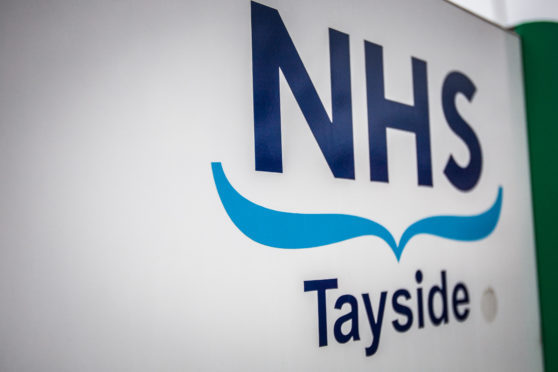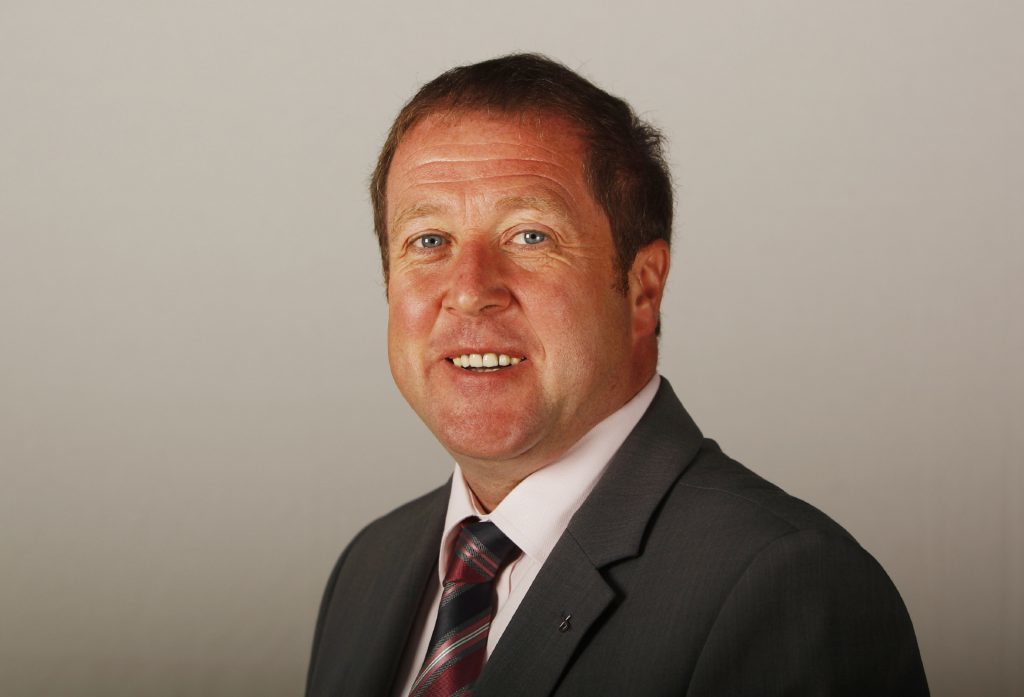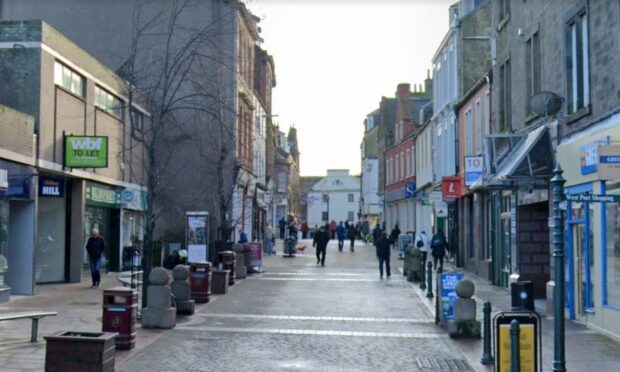Increasing numbers of elderly and frail patients are being marooned in hospital beds in Angus – impacting their health and leaving taxpayers with an annual bill of more than £2m.
A lack of care home provision is contributing to the growing problem of bed blocking with people over the age of 75 most affected.
Angus Council’s integrated joint board member Derek Wann said the upward trend was very concerning and must be reversed.
Mr Wann said: “It is also worrying that a high proportion of delayed discharges are for more than 72 hours, and as we can see from the report, delays of this length impact on an older person’s opportunity for rehabilitation, and affect muscle mass and bone density.
“Bed-blocking can also impact on a hospital’s ability to quickly admit patients in emergency situations, so there are other, knock-on effects.
“It is clear that this situation must be monitored closely to ensure that this trend is reversed.”
When a patient is due to be discharged from hospital, finding a care home place is becoming increasingly problematic with occupancy rates in Angus care homes running at more than 95%, with available places not always in the area required, or in a home that can meet the individual needs of the patient.
Figures for this year presented to a meeting of the Angus Integration Joint Board show increases in bed-blocking of between more than 4% to 27% compared to the same periods last year, with NHS estimates suggesting that a single instance of bed-blocking costs £233 a day.
Between July and June there was an increase of 4.16% against the same period in 2016/2017, rising to 21.8% for the period October to September against the previous year, but the January to December data shows the most significant increase of 27%.
By the third quarter, 5005 bed days were lost to delayed discharge for people over 75 — or 13.5% of all bed days used in an emergency for those aged 75 or over.
Angus South MSP Graeme Dey said: “I fully support the moves to ensure that more people are looked after in their own homes, which I think those needing care and their families would also back.
“However, there is clearly a need for there to be adequate care home provision in Angus.
“I realise that most homes are working at high occupancy rates but would hope that the IJB would work with the local homes to develop solutions to any potential challenges that it foresees.”
A report by Vicky Irons, Chief Officer states: “At present in Angus patients can only be discharged safely when an assessment of need has taken place and when suitable services or community resources are in place to ensure the person’s wellbeing.
“This process can involve complex decision making including: comprehensive needs assessment, care planning, individual choice for patients, risk management, family inputs and the matching of need to resources, such as personal care at home and care home availability and choice.”












